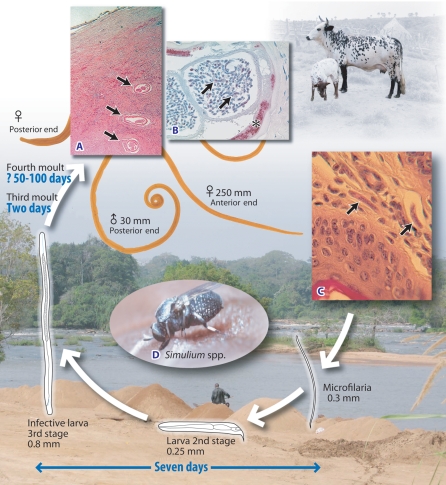Figure 1. Life cycle of Onchocerca volvulus and Onchocerca ochengi.
Adult female worms initiate the formation of nodules in the skin (onchocercomas) (see Figures 2 and 3) in which their highly coiled bodies can reach a length of approximately 25 cm, while the males are a little over 1/10th that length. Transverse sections of adult female worms in the onchocercoma are shown in (A). Following mating, embryos develop inside the female, which gives birth to motile L1 larvae that are known as microfilaria (MF). A transverse section of an adult female with MF in utero is shown in (B); Wolbachia in lateral hypodermal chords (*) of the adult female and uterine microfilaria (arrows) are stained red. MF migrate into the dermis (shown in [C]), where they are available for transmission to the simuliid blackfly vector (shown in [D]). Within the fly, MF develop further as L1 larvae and molt into second-stage larvae, which molt again to become the infective L3 larvae (7 days). The L3 enter the skin through the wound caused by the feeding fly. The blackfly requires fast moving water to breed and thus infection occurs adjacent to rivers. Adult female worms live for several years and individuals (people or cattle) can remain microfilaraemic for their entire lives if repeatedly exposed to infection. (Photo credits: M. Boussinesq, S. Spetch, J. Allen, O Bain, S. Wanji, S. Uni)

